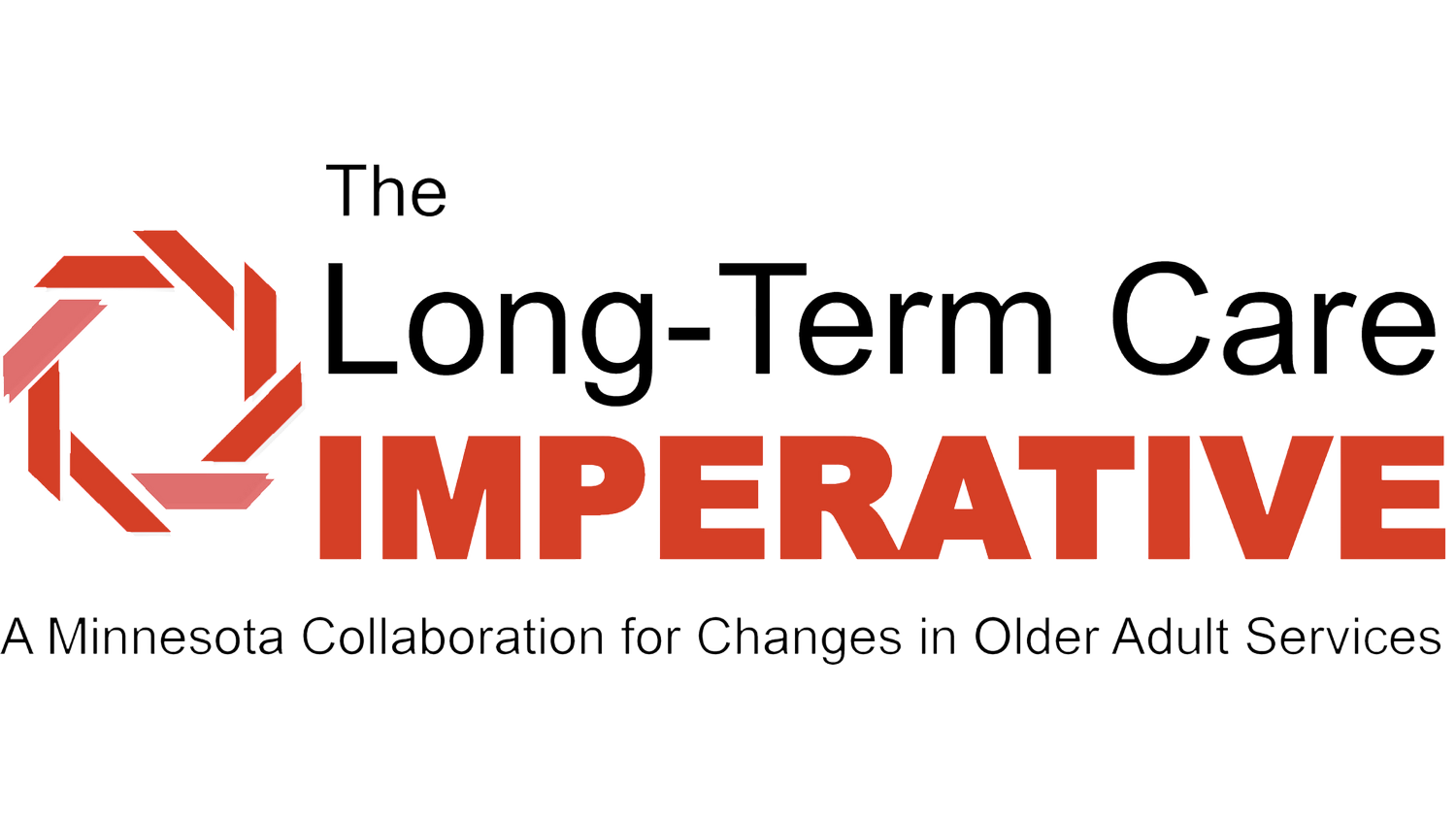
Challenges Facing Long-Term Care
The challenge we face: Providing quality long-term care to Minnesota’s growing senior population
For the first time in history, Minnesota’s senior population now exceeds its entire K-12 student population. Soon, 25% of our adult population will be 65 or older. We must prepare so that today’s and tomorrow’s seniors have the support they need to live well.
In order to be prepared, it’s critical that families, communities and lawmakers understand how senior care works in Minnesota. Realities such as the rising demand for services and the chronic shortage of professional caregivers must be a part of the conversation and the solutions we create together.
The number of Americans 65 or older has increased 33% over the past decade.
The United States is experiencing the largest senior population increase in history. The number of older adults turning 65 between 2010 and 2030 will be greater than the past four decades combined. In Minnesota, more than one million residents are already 65 or older, which means the demand for senior care will be growing for many years to come.
Providing quality care and support services for seniors is a Minnesota value. It requires strong partnerships among families, communities, professional caregivers and the state of Minnesota.
Stable funding for long-term care is critical to responding to the senior boom
State funding is key to invest in our workforce and prepare for the dramatic increase in the demand for senior care. According to a statewide survey, 88% of people in Greater Minnesota believe that seniors have a right to receive long-term care services in their home community.*
However, for decades state lawmakers have neglected their responsibility to support care for our seniors. Many seniors rely on waivers and government assistance to support the care they need, but these programs have not kept up with the costs of providing care. In addition, Governor Walz’s latest budget proposal includes cuts and unfunded spending mandates for long-term care providers. The combination of these measures will cause irreparable harm to rural nursing home access.
* Survey of a random sample of 800 adult residents in Minnesota commissioned by the Long-Term Care Imperative and conducted by Morris Leatherman Co.
Currently, nursing homes must wait 15 to 27 months (as much as 2 years) before receiving reimbursement from the state of Minnesota for the actual cost of services they provide to residents. As a result, hundreds of long-term care providers have closed their doors. Rural Minnesota has been most affected, where 1 in 3 nursing home beds have disappeared over the last 20 years.
If access and affordability continue to deteriorate, seniors and their families will suffer, and lawmakers will ultimately be responsible for the state’s inaction.




